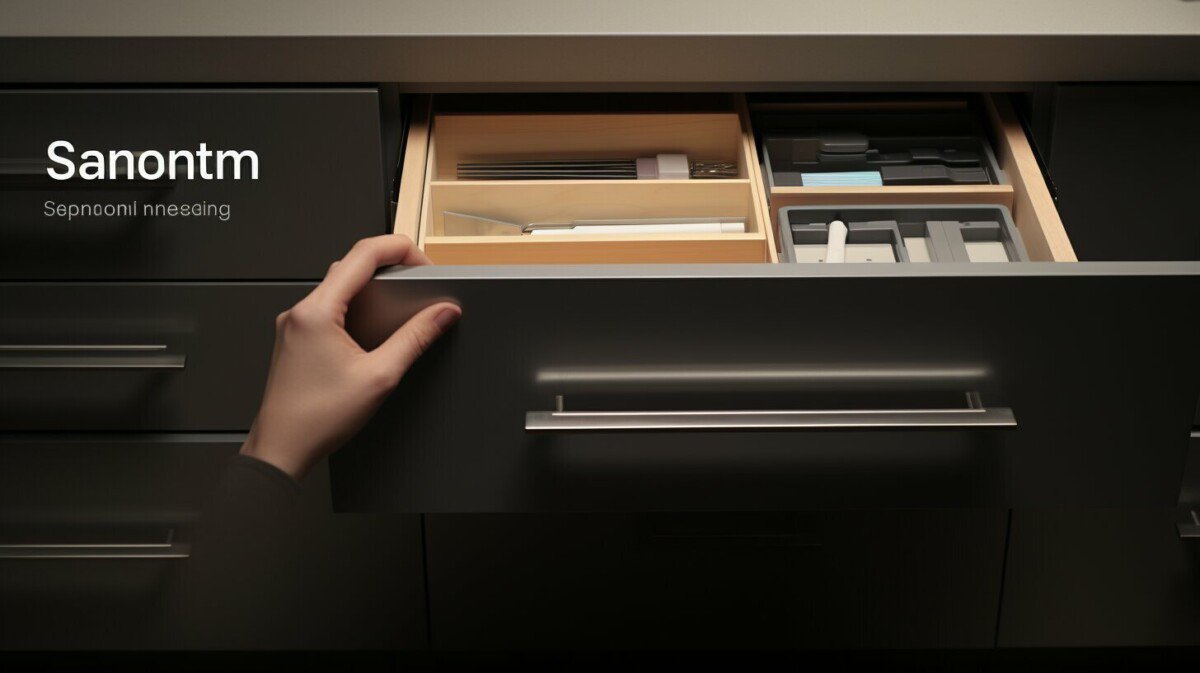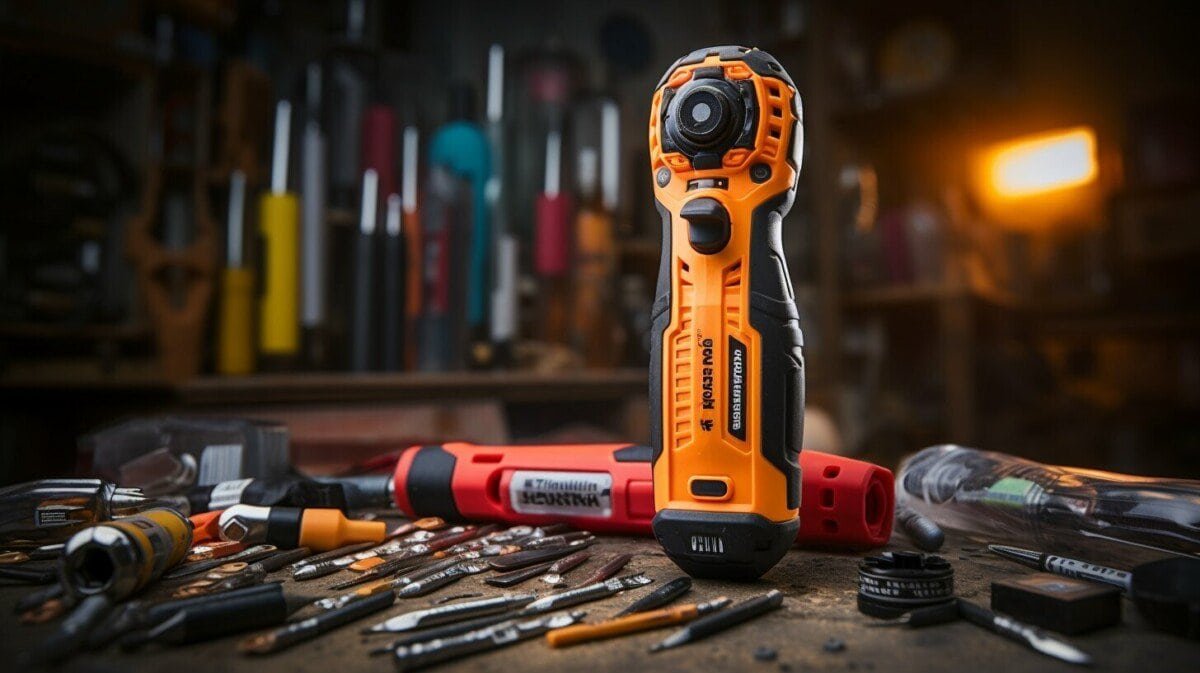Having properly functioning drawer slides is crucial for convenient and organized everyday living. However, it’s common for them to develop problems over time, such as sticking, sagging, and misalignment. This can make it difficult to open and close drawers, leading to frustration and stress.
If you’re experiencing issues with your drawer slides, don’t worry! In this article, we’ll provide you with practical tips and techniques for troubleshooting and fixing common problems. Whether you’re dealing with a minor annoyance or a major malfunction, we’ve got you covered.
Common Problems with Drawer Slides
Drawer slides are essential components of any storage system, enabling easy access to items while keeping them organized and out of view. However, they can sometimes present problems that require attention to ensure smooth functionality. Here are some of the most common issues that arise with drawer slides and how to fix them:
Sticking
| Possible Cause | Solution |
|---|---|
| Dirt or debris in the slide mechanism | Clean the slide mechanism with a soft cloth and lubricate with a silicone spray or wax |
| Warping or damage to the slide | Replace the damaged slide |
Sagging
| Possible Cause | Solution |
|---|---|
| Excessive weight on the slide | Remove items or redistribute weight to prevent overloading |
| Worn or damaged slide components | Replace worn or damaged components or the entire slide |
Misalignment
| Possible Cause | Solution |
|---|---|
| Incorrect installation or assembly | Reassemble slides with proper alignment or adjust installation to ensure proper alignment |
| Worn or damaged slide components | Replace worn or damaged components or the entire slide |
By identifying the cause of these common problems and taking the necessary steps to fix them, you can ensure that your drawer slides operate smoothly and provide maximum convenience and organization in your storage system.
Troubleshooting Techniques for Drawer Slides
Proper troubleshooting techniques can help you identify and resolve issues with your drawer slides. Here are some practical tips:
- Test the slide: Gently pull the drawer in and out to see if it is moving smoothly or if it is sticking at any point. This will help you pinpoint where the problem may lie.
- Adjust the slide: If the slide is misaligned or sagging, try adjusting it to see if that resolves the issue. Use a screwdriver to loosen any screws that hold the slide in place, and then gently shift it to the desired position. Tighten the screws back up when you’re finished.
- Clean the slide: Dirt and debris can accumulate on your drawer slides over time, making them less smooth and more prone to sticking. Use a soft cloth or brush to remove any dirt or debris that may be present.
- Lubricate the slide: Proper lubrication can help your drawer slide move more smoothly. Choose a lubricant that is appropriate for your slide type and apply it according to the manufacturer’s instructions.
By using these troubleshooting techniques, you can keep your drawer slides functioning smoothly and avoid the frustration of stuck or misaligned drawers.
Lubricating Drawer Slides for Smooth Functionality
Proper lubrication is essential for the smooth operation of drawer slides. Without adequate lubrication, the slides can become stiff, making it difficult to open and close drawers.
Step 1: Choose the right lubricant
It’s important to choose the right type of lubricant for your drawer slides. Avoid using greasy or oily products, as they can attract dust and dirt. Instead, opt for a dry lubricant, such as graphite, silicone, or Teflon spray. These products are designed to reduce friction and provide long-lasting, smooth operation.
Step 2: Prepare the slides
Before applying the lubricant, make sure the slides are clean and dry. Use a soft brush or cloth to remove any debris or dust from the slides. If necessary, use a mild detergent and warm water to clean the slides, and dry them thoroughly before applying the lubricant.
Step 3: Apply the lubricant
Shake the can of lubricant well before use. Hold the can approximately 6 inches away from the slides and spray a light, even coat of lubricant onto the slides. Be sure to apply the lubricant to both the top and bottom sections of the slides, as well as to any rollers or bearings that are visible. Allow the lubricant to dry for a few minutes before moving the drawer.
Step 4: Test the slides
Once you’ve lubricated the slides, test the drawer to ensure it moves smoothly. Open and close the drawer several times to distribute the lubricant evenly across the slides. If the drawer still feels stiff or difficult to move, repeat the lubrication process.
By following these simple steps, you can ensure that your drawer slides operate smoothly and efficiently. Regular lubrication will also help to extend the life of your drawer slides, preventing unnecessary wear and tear.
Upgrading Drawer Slides for Better Performance
One of the most effective ways to ensure smooth functionality of your drawers is to upgrade to higher-quality drawer slides. While this may require a bit of an investment upfront, it can save you time and frustration in the long run.
When selecting new slides, be sure to consider factors such as weight capacity, length, and material. Look for slides that are rated for a weight capacity that meets or exceeds the weight of the items you plan to store in the drawer, as this will prevent the slides from sagging or breaking over time.
There are several different types of drawer slides to choose from, including center-mounted, side-mounted, and under-mount slides. Be sure to assess the specific needs of your drawer before selecting the type of slide that will work best for your purposes.
Installing new drawer slides can be a bit of a process, but it is relatively straightforward with the right tools and guidance. Be sure to follow the manufacturer’s instructions carefully, and consider seeking the assistance of a professional if you have any doubts about your ability to complete the installation properly.
Adjusting Drawer Slides for Optimal Alignment
Drawer slides can become misaligned over time, causing difficulty in opening and closing drawers smoothly. Fortunately, this is a problem that can be easily fixed with a few adjustments.
To adjust the height of the slide, use a screwdriver to loosen the screws on the mounting brackets. Make small adjustments until the slide is level and tighten the screws once it is in place.
To adjust the width of the slide, use a screwdriver to loosen the screws on the brackets that attach the slide to the drawer. Slide the bracket to the left or right until the slide is lined up with the opening and tighten the screws.
To adjust the depth of the slide, use a screwdriver to loosen the screws on the brackets that attach the slide to the cabinet. Slide the bracket forward or backward until the slide is flush with the front of the cabinet and tighten the screws.
It’s also important to ensure that there is proper spacing between the slides. Use a measuring tool to make sure that the distance between the slides is equal on either side of the drawer.
With these adjustments, your drawer slides should be aligned for optimal performance.
Lubricating Drawer Slides for Smooth Functionality
Proper lubrication is key to maintaining smooth functionality of your drawer slides. Over time, debris and grime can build up on the slide, causing friction that can lead to sticking or sagging. Lubricating the slide regularly can help to prevent these issues and keep your drawers operating smoothly.
When selecting your lubricant, it is important to choose a product that is specifically designed for drawer slides. Avoid using household oils or silicone sprays, as these can attract dust and debris, making the problem worse over time.
Here are some step-by-step instructions for lubricating your drawer slides:
- Clean the slides: Before lubricating, it is important to clean the slides to remove any built-up debris or grime. Use a soft cloth or brush to gently wipe down the slides, taking care not to scratch the surface.
- Apply the lubricant: Use a small amount of lubricant on each slide, applying it evenly along the length of the slide. Avoid over-applying the lubricant, as this can cause it to attract dust and debris over time.
- Test the slides: After lubricating, test the slides to ensure they are operating smoothly. If there is still some resistance or sticking, you may need to clean the slides again and apply a second coat of lubricant.
By following these simple steps, you can help to maintain the smooth operation of your drawer slides and prevent common issues from arising. Regular maintenance and cleaning can also help to extend the life of your slides and prevent the need for costly repairs or replacements.
Replacing Damaged Drawer Slides
If your attempts at fixing your drawer slides have been unsuccessful, it may be time to replace them. Here is a step-by-step guide:
- Remove the drawer and inspect the old slides to identify the type and brand. This will help you find the right replacement slides.
- Measure the length and width of the old slides to ensure that the new slides are the correct size.
- Buy replacement slides that match the old slides in size, type, and brand. Keep in mind that soft-close and self-close slides may require additional installation steps.
- Remove the old slides from the drawer and cabinet using a screwdriver or drill. Keep in mind that the old slides may be attached with screws or staples.
- Attach the new slides to the drawer and cabinet using screws or staples. Make sure the new slides are aligned correctly and level to ensure proper operation of the drawer.
- Test the drawer to ensure that it slides smoothly and closes properly. Adjust as necessary.
Replacing damaged drawer slides can be a daunting task, but with the right tools and instructions, it can be done in a timely and cost-effective manner. With new, properly functioning slides, your drawers will operate smoothly and provide optimal convenience and organization.
Troubleshooting Guide for Drawer Slides
If you’re experiencing problems with your drawer slides, don’t despair. There are several troubleshooting techniques you can try before considering a replacement. Here’s a comprehensive guide to help you identify and resolve common issues.
Step 1: Identify the Problem
The first step in troubleshooting drawer slides is to identify the problem. Common issues include sticking, sagging, misalignment, and difficulty opening and closing. Take note of any symptoms and their severity, as well as which drawers are affected.
Step 2: Determine the Cause
Once you’ve identified the problem, determine the cause. Some issues may be caused by debris or dirt buildup, while others may be due to worn or damaged components. Check for loose screws, bent tracks, and worn bearings, among other possible causes.
Step 3: Clean and Lubricate
If the issue is minor, cleaning and lubricating the slides may be enough to resolve it. Remove the drawers and clean the slides with a mild detergent and warm water. Dry them thoroughly and apply a silicone-based lubricant to the rollers and tracks for smooth functionality.
Step 4: Adjust the Slides
If the issue is misalignment, adjusting the slides may help. Use a level to check the alignment, then adjust the height, width, and depth of the slide accordingly. Ensure proper spacing between slides to prevent binding, and tighten loose screws to secure the slide in place.
Step 5: Upgrade or Replace
If the issue cannot be resolved through the above steps, consider upgrading to higher-quality slides or replacing the damaged one. Select the right type of slide for your needs, and follow the instructions carefully for proper installation.
Conclusion
Troubleshooting drawer slides can be a simple process with the right techniques and tools. By following this comprehensive guide, you can identify and resolve common issues, ensuring smooth functionality and convenience in your everyday life.
Preventing Future Issues with Drawer Slides
Regular maintenance and cleaning can go a long way in preventing future issues with your drawer slides. Here are some simple steps you can take to keep your slides functioning smoothly:
- Regularly clean the slides with a soft cloth to remove any dirt or debris that may have accumulated.
- Apply lubricant to the slides every 6 months to a year, depending on use.
- Ensure that the slides are properly aligned and adjusted to prevent unnecessary wear and tear.
- Consider upgrading to higher-quality slides for increased durability and performance.
By following these simple steps, you can help extend the lifespan of your drawer slides and prevent future issues from arising.
FAQ: Answers to Common Questions about Drawer Slides
Having trouble with your drawer slides? Check out these common questions and expert answers for troubleshooting tips.
What are the most common issues with drawer slides?
The most common issues with drawer slides include sticking, sagging, misalignment, and damage to the slides themselves.
How do I troubleshoot my drawer slides?
Start by testing the slides to identify the issue. If you find that the slides are sticking or sagging, try lubricating the slides or adjusting them for better alignment. If you notice damage to the slides, you may need to replace them.
What kind of lubricant should I use for my drawer slides?
Be sure to use a lubricant that is specifically designed for drawer slides, such as silicone or Teflon spray. Avoid using WD-40 or other multipurpose lubricants, as they may damage the slides over time.
What type of drawer slide should I use for heavy items?
If you need to support heavy items in your drawers, consider using ball-bearing slides or full-extension slides, as they offer more support and durability than other types of slides.
Can I replace my drawer slides myself?
Yes, replacing drawer slides can be a DIY project. However, it’s important to make sure you select the right type of slide for your drawer and follow proper installation instructions to ensure optimal performance.
How can I prevent issues with my drawer slides in the future?
Regular maintenance and cleaning can go a long way in preventing issues with your drawer slides. Be sure to use the right cleaning products and tools, and consider upgrading to higher-quality slides if you notice recurring problems.



